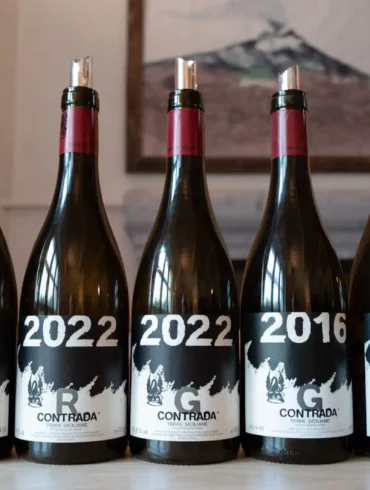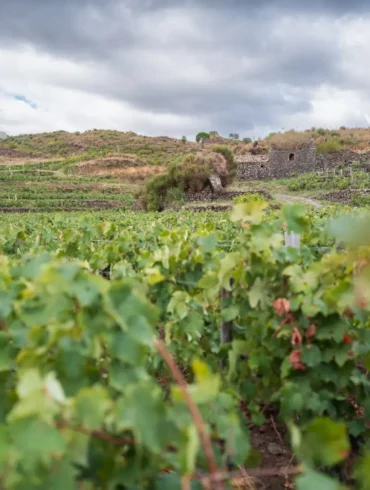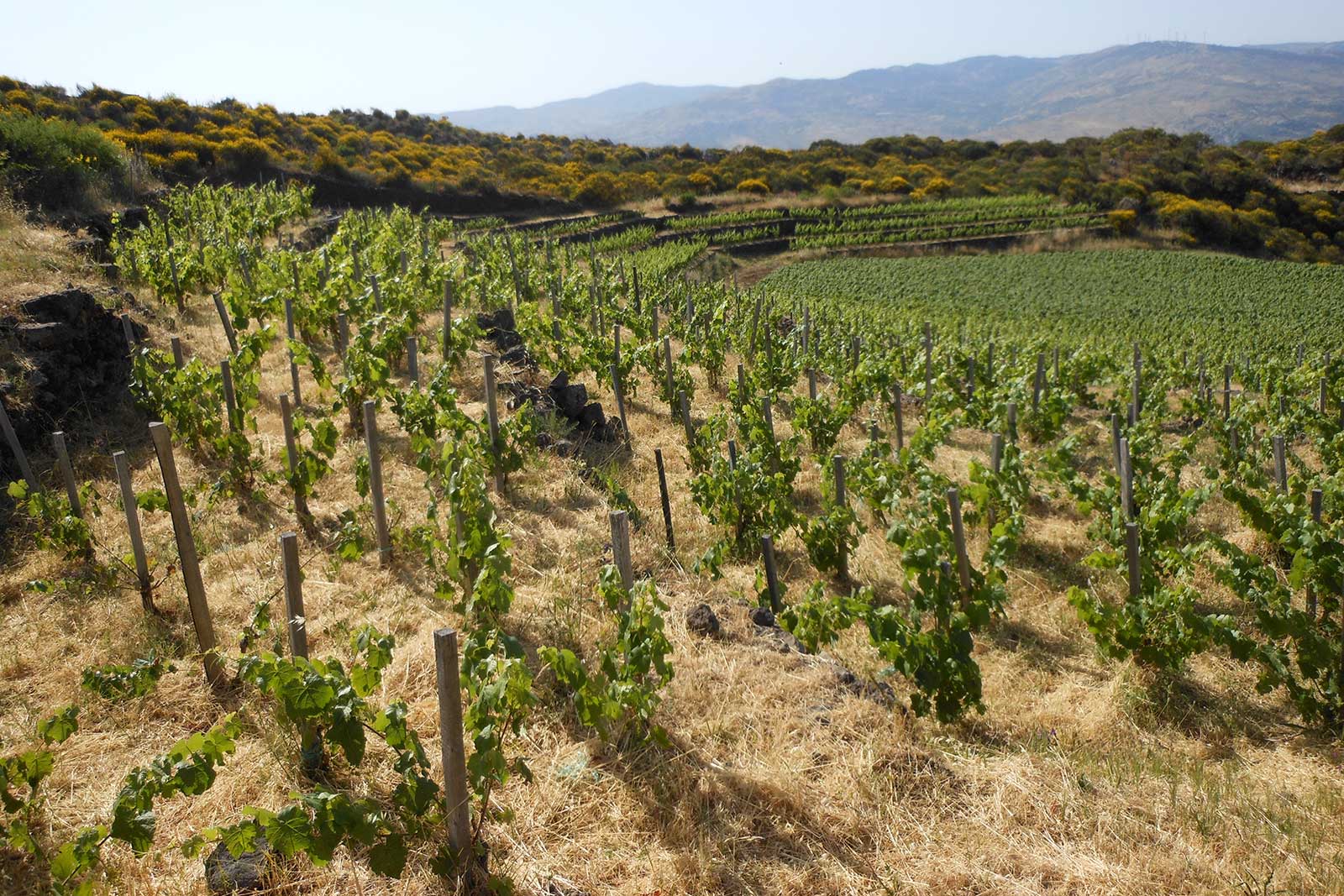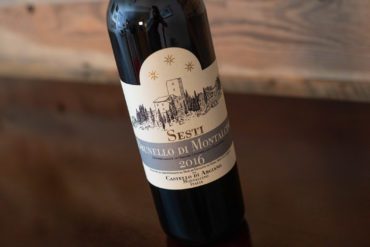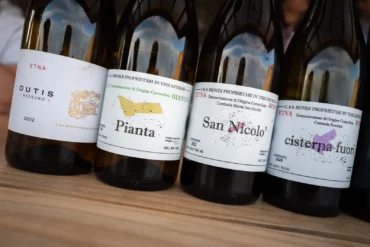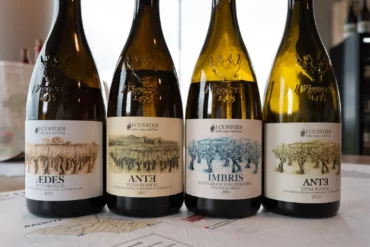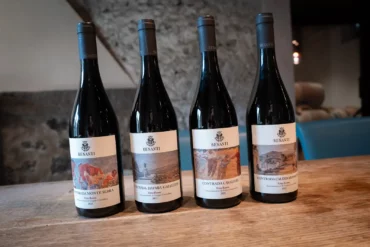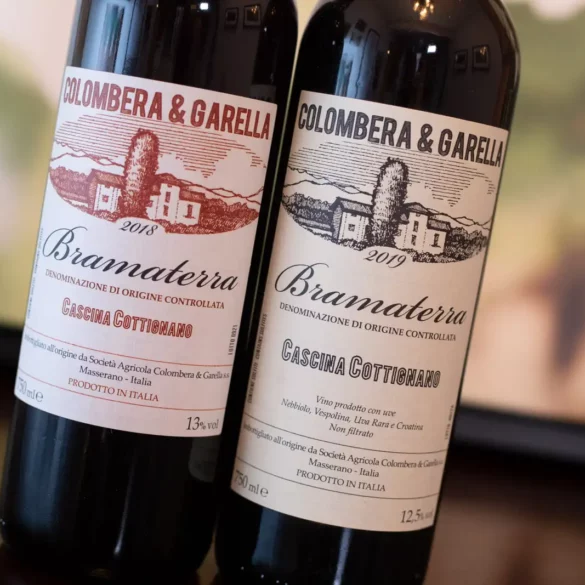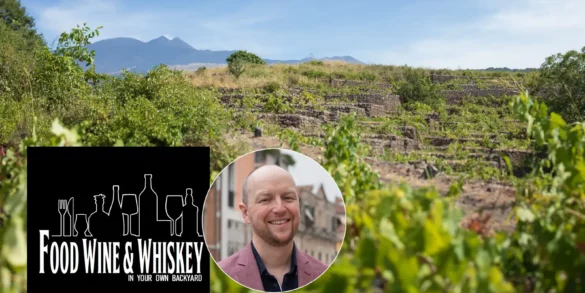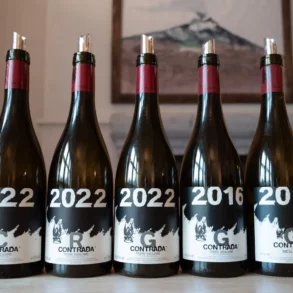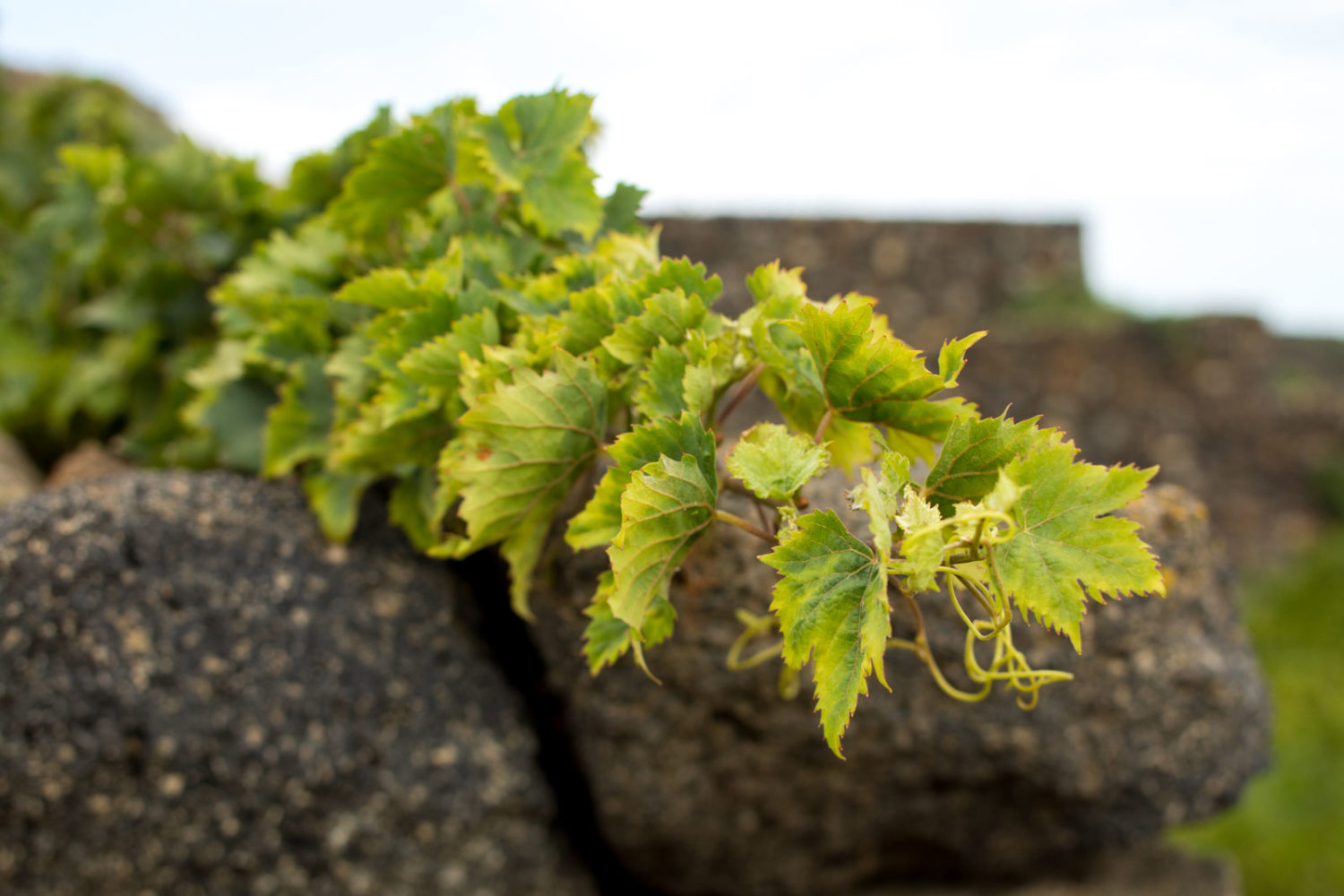Passopisciaro
Essential Alumnus
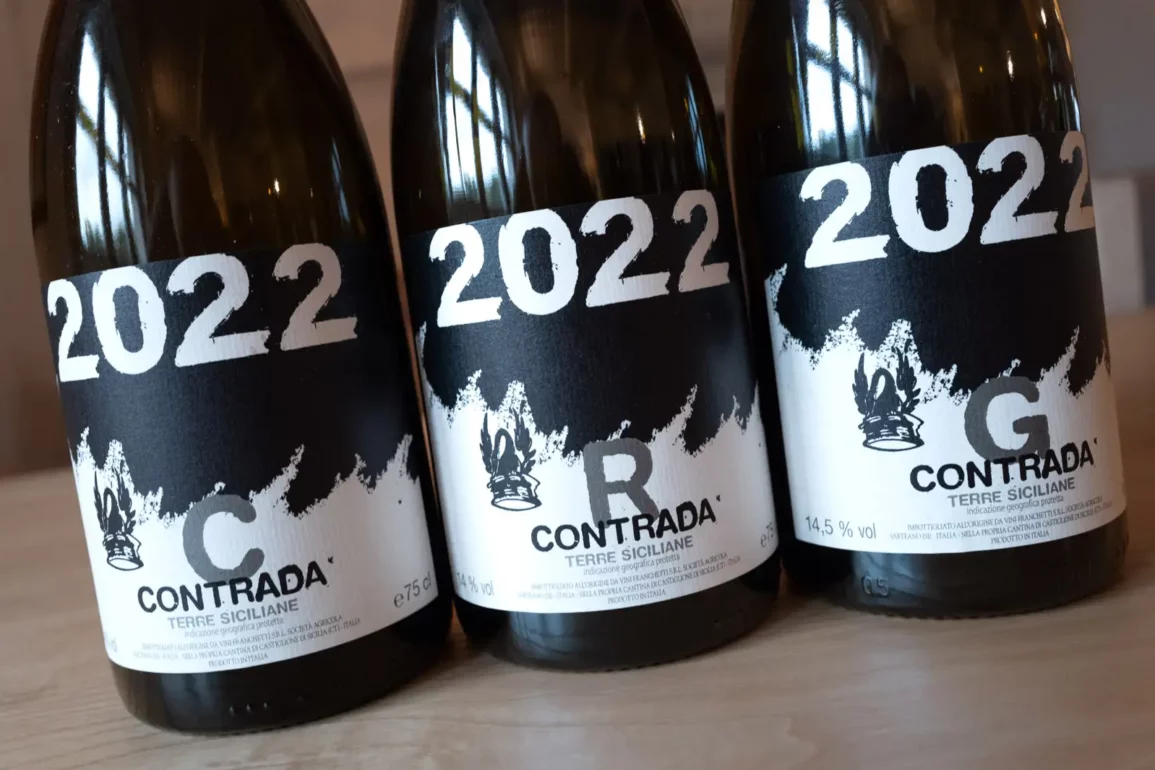
About Passopisciaro
When Andrea Franchetti first arrived on Etna in 2000, he found a vineyard landscape that had largely been abandoned. A fan of robust Bordeaux-style wines (which he had been emulating in Tuscany at Tenuta di Trinoro), he nonetheless appreciated the value of the area's centenarian vines of Nerello Mascalese. Back then, he could take his pick from what was for sale. It was just the beginning of something grand, because his work, the work of Benanti as well as a small handful of peers helped kick-start a renaissance on Etna. Today, Etna and its wines are just as compelling to explore as those of Barolo and Brunello di Montalcino.
There is an element of surrender in Passopisciaro's Contrada wines that I find very compelling: try as hard as I might to put them in context (how do these compare to other Etna producers? where does this fit within the greater schema of Italian wine?), they stand as singular. Each vintage carries a new story of what the old vines are saying from across the northern flank of that smoldering volcano, meaning each release from Passopisciaro ought to be closely watched.
And those new releases from Passopisciaro make a bigger splash in the Etna pool than anyone else. Concentrated and intense, their wines benefit from late harvesting from very old vines, often from higher elevations on the volcano. Because of this, the estate's wines anchor one end of Etna's vinous spectrum: the side predicated on power. This brazen style may not be to everyone's liking — in fact, tasted alongside other Etna Rosso wines, I find them too potent and overbearing — but what is undeniable to me is the craft of these wines. They are layered, shape-shifting and wildly compelling. They also manage to convey a unique story each time, which is rare among high-powered wines.
That said, after attending Etna Days in September 2023, I found it necessary to move Passopisciaro off the Essential Winemakers of Italy list for now, as the wines of numerous producers — most notably Benanti, Ciro Biondi, I Custodi and Monteleone — prompted some Etna additions. Yet my admiration for Passopisciaro remains, which is why I've created the Essential Alumnus section of this site.
Passopisciaro, Sicily
Grapes: Nerello Mascalese, Chardonnay
Appellations/Cru: Terre Siciliane IGT, Etna Rosso DOC
www.vinifranchetti.com/passopisciaro/
American Importer: Giuliana Imports, T Edward Wines
Originally listed: April 2020
Made way for: I Custodi delle Vigne dell'Etna
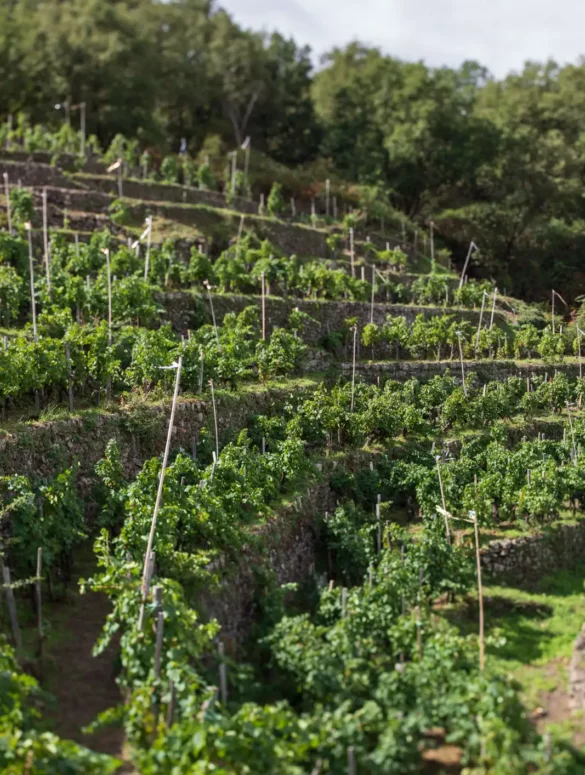 The Contrada Rampante vineyard is impossibly steep and at high elevation on Etna's north slope. ©Kevin Day/Opening a Bottle
The Contrada Rampante vineyard is impossibly steep and at high elevation on Etna's north slope. ©Kevin Day/Opening a Bottle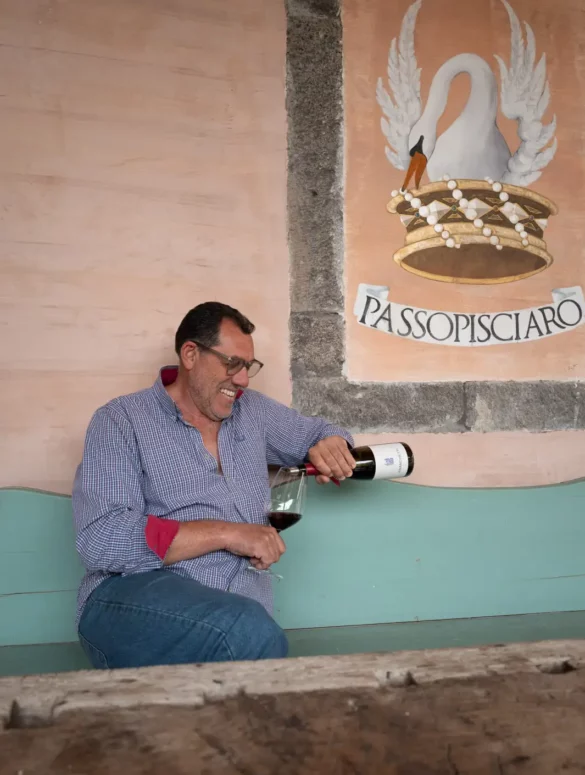 Passopisciaro Director Vincenzo Lo Mauro. ©Kevin Day/Opening a Bottle
Passopisciaro Director Vincenzo Lo Mauro. ©Kevin Day/Opening a BottleWines to Seek Out
Passopisciaro "Passorosso" Etna Rosso
If you want to see how Passopisciaro's wines differ from their contemporaries on Etna, start with a comparison tasting of entry-level Etna Rosso and watch how the Passorosso thumps its chest. This is a brawny Nerello Mascalese with a strong identity. It is also the lone Etna Rosso DOC wine from this producer.
Passopisciaro “Contrada G” Terre Siciliane
The Contrada G sources its fruit from the best parcels that surround the winery in Contrada Guiardiola, and it veers closest to "volcanic Burgundy" in its tenor. Upfront, it is smooth and savvy, but as it passes to the finish it roars to life. Its aromas were suggestive of tart cherries, peppercorns and violets.
Passopisciaro “Contrada C” Terre Siciliane
The Nerello Mascalese grapes in the Contrada Chiappemacine yield a wild and unpredictable wine with tones reminiscent of plums, blueberries, blue flowers, ash, varnish and a mysterious tone that reminded me of a salt-water estuary. Coarse but effective tannins and a pristine finish balance these notes out to yield a massively pleasing wine.
Passopisciaro “Contrada R” Terre Siciliane
From one of the highest elevation vineyards on Etna, Contrada R (Rampante) benefits from a ridiculously long ripening schedule, and this in turn yields a wine of high alcohol and supreme depth. The tones here are decidedly more black — dark fruit, smokiness, roasted coffee beans — but also with some suggestions of rose. In my notes I wrote “has more grip than a brand new pair of hiking boots.” This is where having a decanter pays off.
Passopisciaro “Contrada S” Terre Siciliane
Due to vintage variation, any one of these wines could be the scene-stealer of Passopisciaro’s portfolio, but from what I’ve experienced, Contrada S (Sciaranuova) is the big show — a wine with everything in the right place, and shades of the other wines balanced perfectly into one complex, thoroughly fascinating wine. It has an ironclad structure like Contrada G, untamed flavors like Contrada C, and an assertive personality like Contrada R. In other years, this script can flip (my most recent tasting was the 2017 vintage), but this wine is Passopisciaro at its most impressive.


